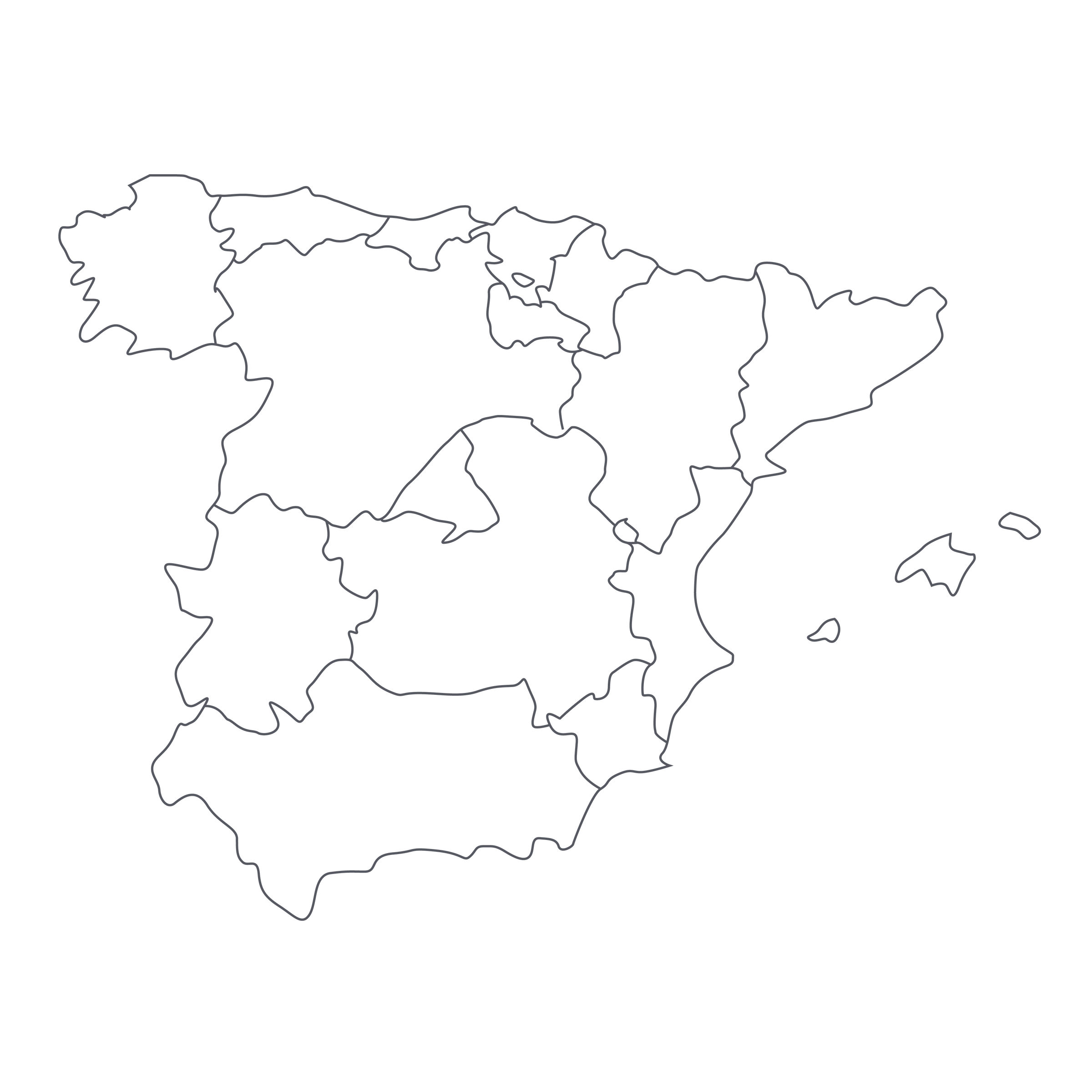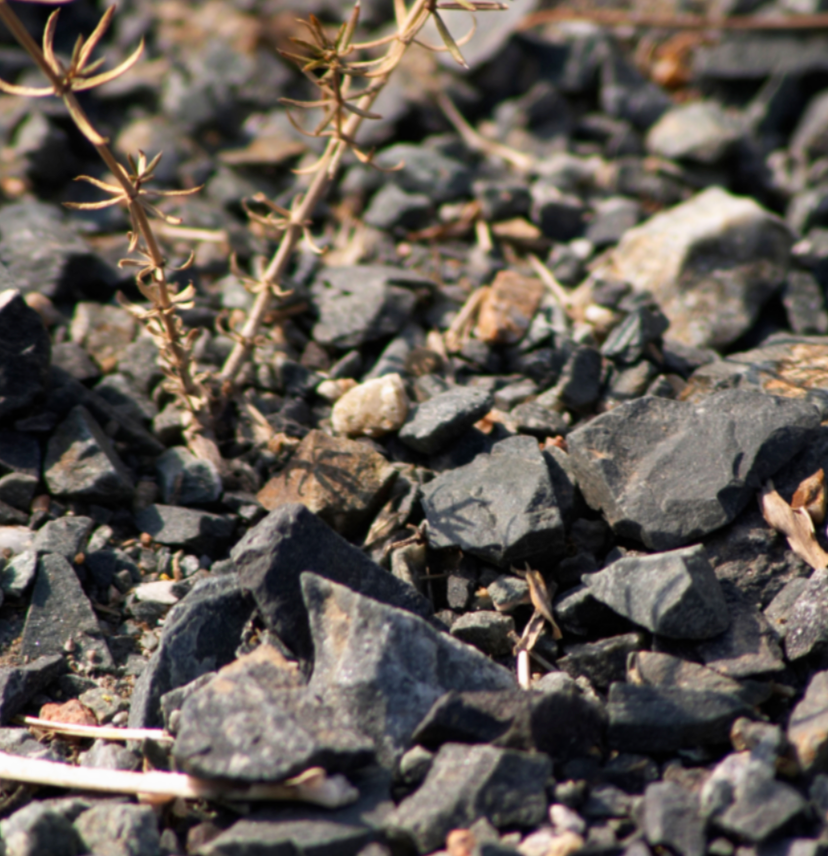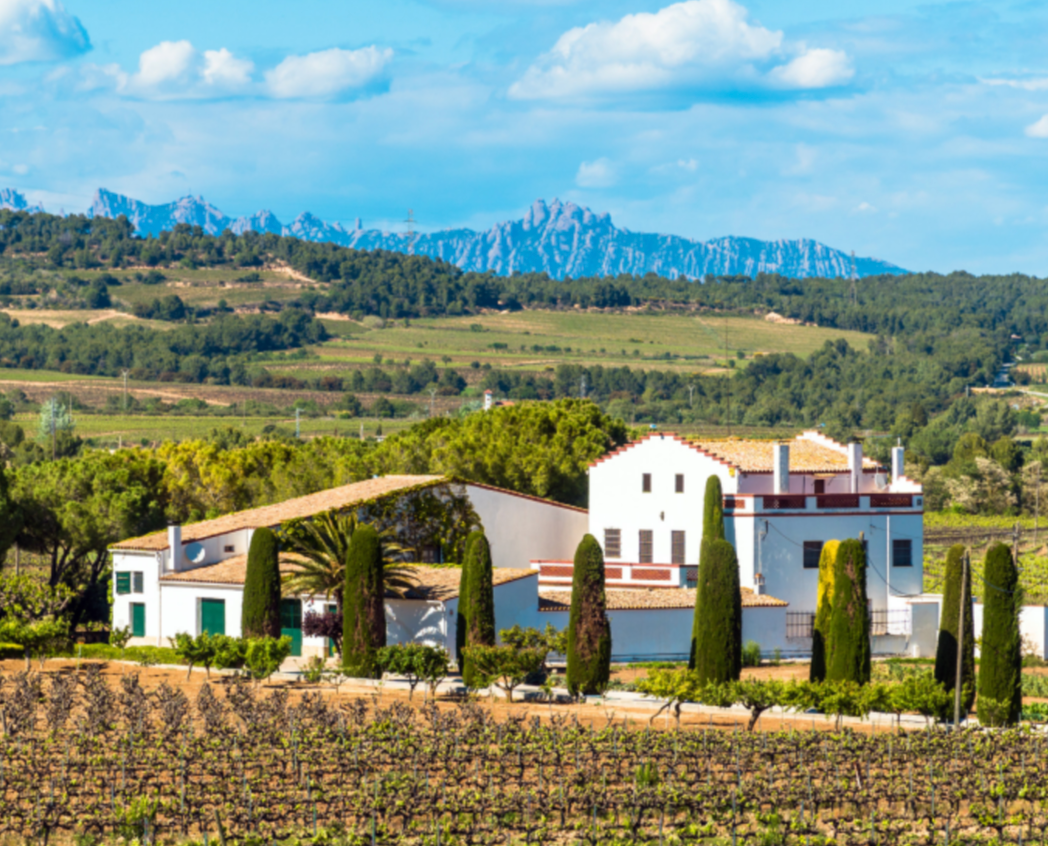The 2005 La Rioja Alta is a Gran Reserva bottling, which means it is a top wine of the estate with the strictest aging requirements. Depending on how Rioja is aged, it can bear the name Joven, Crianza, Reserva or Gran Reserva; each level has strict oak and bottle aging requirements. By law, the Gran Reserva is the highest level and longest aged before released where designation requires a minimum of five years of total aging with at least 18 months in oak barrels. Producers source only their best fruit in Gran Reserva, and it is made in only the very best of years.
The history of La Rioja Alta began back in 1890 when five families, impassioned by wine, joined forces to begin the “Sociedad Vinícola de La Rioja Alta,” which most in the industry refer to as simply, “La Rioja Alta.” Their dream was simple—to craft the finest Rioja humanly possible. 125 years later they have more than achieved what they set out to accomplish. La Rioja Alta crafts wine in a traditional style while simultaneously taking full advantage of modern winemaking equipment to push the quality as high as possible. They achieve an incredible balance in their wines without losing the unique sense of place that many producers lack when they have converted to modern winemaking technology.
The Gran Reserva is sourced from the best fruit from the villages of Briñas, Labastida and Villalba and is blended with a small amount of Graciano, a secondary varietal often used in Rioja production, sourced from Briones and Rodenzo. All of the Tempranillo is drawn from the Rioja Alta sub-region. Touted for its calcareous clay and iron-rich soils, it is dotted with wild dill that sprawls across rows of the vines. The iron-rich soil lends a remarkable mineral quality to the wines while the dill adds an herbal complexity to the bouquet that is unmistakable and completely distinct to the region. After a long and slow fermentation, the wine is aged for just under five years in neutral American oak barrels that are roughly four years old. During this slow and purposeful process, the wine is manually racked every six months in a very traditional method that involves barrel-to-barrel transfer to limit oxidation. The result encapsulates the pinnacle of Rioja Gran Reserva production that is simply perfection.
The 2005 vintage exhibits a dark garnet red core with a rusty orange rim. The nose offers intense aromas of ripe and slightly dried dark red plum, black cherry, exotic spices, dried orange, sawdust, dried leaves, dried dill, coconut husk, leather and crushed earth. The complex palate is delicately laced with dried berries, incense, sweet and sour plum, tobacco leaf and a touch of vanilla bean and dill. The mouthfeel boasts fine, structured tannins along with a vibrant and fresh finish, which seems to go on forever. Although this wine is incredible this very moment, it will get better and better each year for the next few decades if kept well. To consume, I would advise decanting 30-40 minutes and serving in either a large Burgundy or Bordeaux stem. I prefer a Bordeaux stem when the wine is less than 15 years old; after that, Burgundy stems tend to show better when the wine has decades of age. For those of you with cellars, this is a perfect candidate that will drink beautifully for decades to come although the beginning of its peak is not far away.





